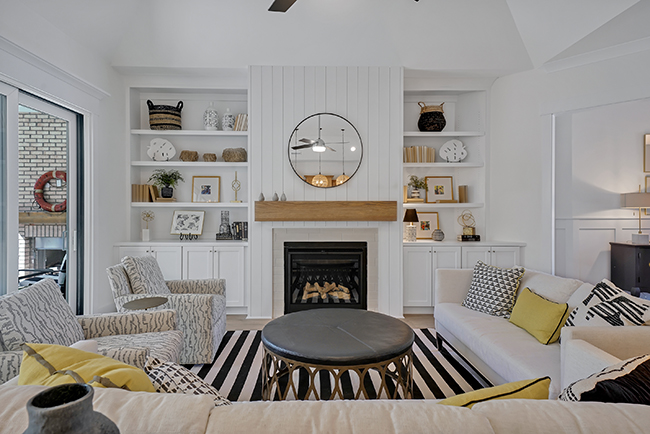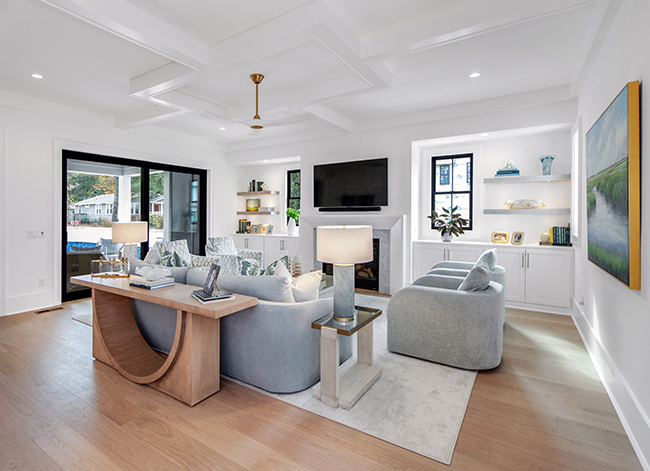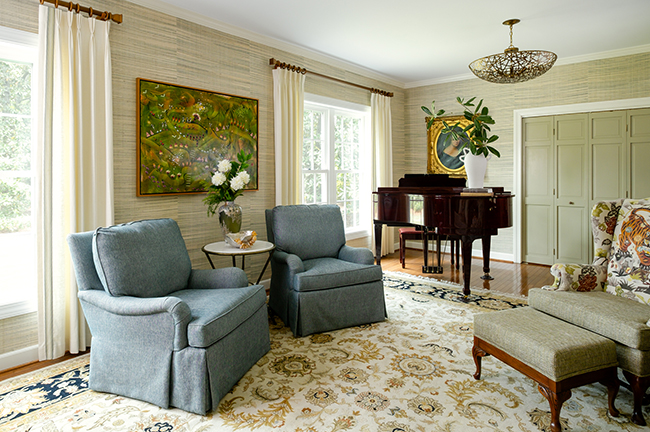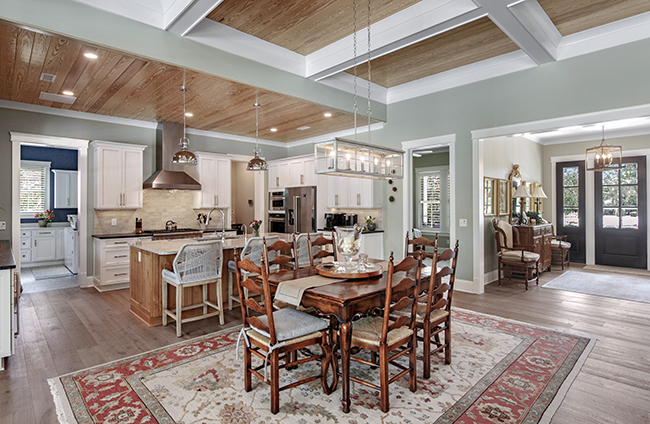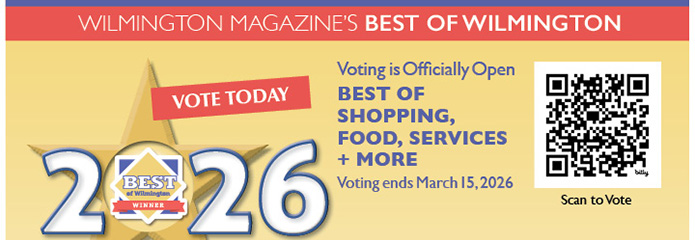The State of Affordable Housing in New Hanover County
03 Jul 2024
While the need for local affordable housing soars, housing programs offer solutions
By Vera Wilson
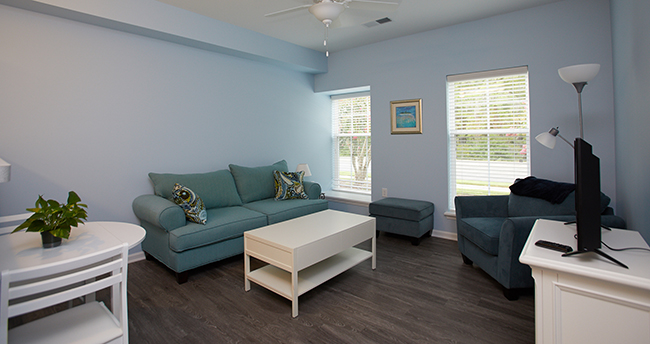
There’s good news and there’s bad news about affordable housing in New Hanover County.
The U.S Department of Housing and Urban Development defines affordable housing as housing for which the occupant pays no more than 30 percent of their gross income for housing costs (which includes utilities and rent); anyone over that is considered cost-burdened.
The bad news is a frightening 34%, or over 32,000 households, in New Hanover County are cost-burdened, according to the local Workforce Housing Advisory Committee’s 2023 Annual Housing Report.
So what does that mean for us? Lack of affordable housing has been shown to negatively impact a community in several ways. Economic growth stagnates because people have less purchasing power, and it’s challenging to hire and retain a talented workforce if they can’t afford to live here. Lack of stable housing results in poorer health outcomes while healthcare and other public service costs increase.
Included within the broad definition of affordable housing is workforce housing, which, as defined by the advisory committee, is housing that is affordable to households earning up to 120% of an area’s median income. For New Hanover County in 2022, that translates into a one-person household making less than $71,640 and less than $102,240 for a family of four. This takes on particular significance for our community when you learn this income range often includes police officers, teachers, health care workers, hospitality staff, construction workers, and senior citizens.
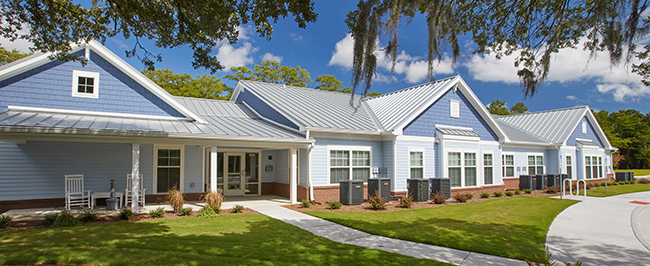
And there’s more bad news. New Hanover County is, in some ways, a victim of its own success. Demand is consistently exceeding supply. It’s already bad now, but the difference between available housing and rental units and the people who want to live here is projected to be in the tens of thousands over the next decade. With that kind of demand and lack of available land, housing prices will be even more out of reach. This led to New Hanover County recently receiving the not-so-prestigious honor of being ranked the fourth most difficult county to buy a home nationwide, according to NBC’s Housing Index.
But here’s the good news.
There’s long been a realization about the lack of affordable housing in the county, and housing programs like down payment and mortgage assistance, one-on-one house counseling services and loan incentives have been in place for many years and will likely continue. But there’s been a breakthrough of sorts in the last few years as the community has increasingly turned their attention and resources to this problem.
In 2022, the NHC Board of Commissioners voted to dedicate at least $15 million over five years to increase access to affordable housing. Last year, the City Council began allocating one cent per every $100 property tax valuation to affordable housing initiatives. The New Hanover Community Endowment recently announced that grants totaling $19 million over three years will be awarded to supporting affordable housing programs.
Because the issues with affordable housing are multi-faceted, it’s not always easy to decide where to invest resources.
One answer seems obvious: just build more affordable housing. To that end, there are several projects that have recently been completed or are in the works. Earlier this year, Starway Villages began site work on a 278-unit affordable housing apartment complex. Additional funding for Sterling Reserve was recently approved, and along with The Residence at Canopy Pointe, will provide over 120 units for low-income seniors. Phase two of Eden Village, a tiny-home community for the unsheltered, will begin next year. In January, the State Employees Credit Union awarded $2 million to the nonprofit The Good Shepherd Center for a development that will house people displaced due to mental health or physical disability issues. Known as permanent supportive housing, there will be a case worker on site to provide support services like arranging trips to the doctor.
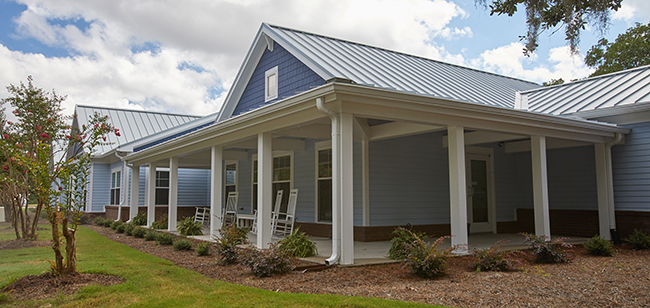
But, as mentioned before, space is an issue. Another solution that has proved successful in other communities are Accessory Dwelling Units (ADUs). A secondary housing unit usually on a single-family home lot, an ADU can provide access to affordable housing without the need for major infrastructure changes or additional land. In order to encourage homeowners to put up ADUs on their property, New Hanover County and the City of Wilmington have recently updated the relevant ordinances and codes to ease some of the restrictions on building ADUs and continue to review their policies to decrease those barriers. However, there are still significant hurdles to constructing ADUs, including cost and potential homeowners associations’ restrictions.
Also taking advantage of what’s already there is naturally occurring affordable housing. These refer to housing that is already under the umbrella of affordable housing but may be older and in some stage of disrepair. Local nonprofits with the support of some banks in the area are working together to rehabilitate these homes into fully functioning affordable housing units.
There’s no question that the lack of affordable housing will be a pressing and serous issue for New Hanover County in the short- and long-term, but many projects and programs are gaining traction thanks to collaborations that join local, state, and federal governments with nonprofits, community leaders and businesses. Together, the hope is that they can provide the vision and funding to meaningfully address the problem.


